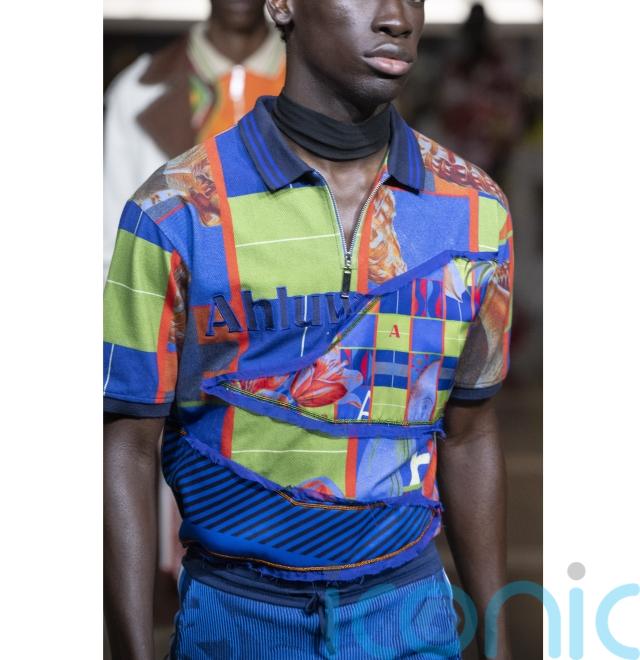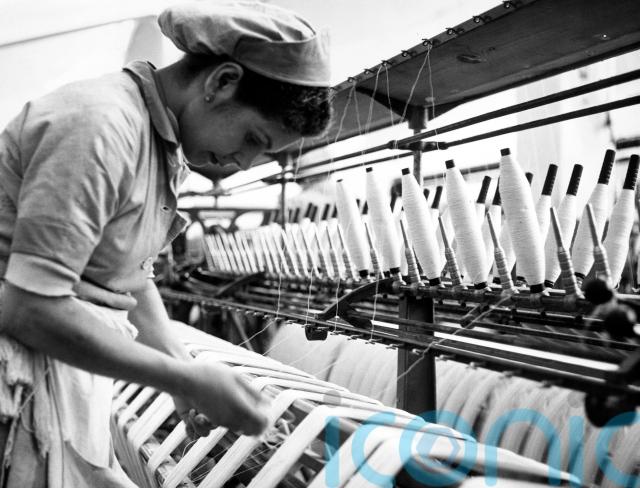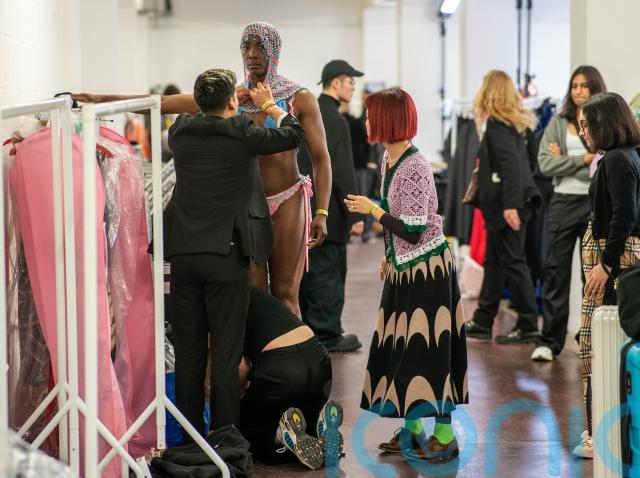The fashion industry is at a tipping point. Data suggests between 80 and 150 billion garments are made every year, and some 10-40% of these are not even sold.
This means, anywhere between eight and 60 billion garments are made and left untouched every year. This alarming disparity is – in every sense of the word – unsustainable.
‘Tomorrow’s Wardrobe’, a new free exhibition launching at The Designer Museum in London in September, spotlights this important topic. Here, its curator, George Kafka, discusses the designers who are making a difference, ground-breaking technologies, and Fashion Week’s responsibility when it comes to making the industry more sustainable…
Labels leading the way
We often think we know which brands are sustainable and which aren’t – and affordable high street brands are usually associated with fast fashion. However, ‘Tomorrow’s Wardrobe’ reassuringly refutes this mindset, exhibiting a garment from Nobody’s Child as a strong positive example that some may be surprised to see.
“This is a familiar brand on the high street as they retail at M&S, but they’re piloting a digital product passport project, which means consumers can scan a garment and see the material life cycle and the journey that garment has been on to get to the store,” says Kafka.
“This is becoming mandated law in the EU, meaning in the next five years all textile products are going to have to have a product passport. But this isn’t the case in the UK yet,” Kafka adds.
“A high street brand like Nobody’s Child is really laying the groundwork for other other brands to follow suit and increase conversations around transparency for what we wear.”

The show also exhibits a new acquisition: a polo shirt by Ahluwalia. The Indian-Nigerian brand with London roots, which took London Fashion Week by storm with its sustainable ethos, has launched a project with Microsoft that allows people to send in used clothes which can then get turned into high-end or catwalk pieces.
“[Ahluwalia] reframed how we understand upcycling,” says Kafka. “Traditionally, or at least in the last 15 years, upcycling design has been seen as something quite DIY. But actually what we’re seeing now is a changing design aesthetic where reused and upcycled pieces are becoming high design.
“That speaks to how our sensibilities as a culture are changing in the context of of the climate emergency.”
Initiatives you should know about
The exhibition comprises three sections, beginning with the textile landscape where raw materials are sourced, moving through to the design studio, and finally to the consumption stage, which explores how we, as the wearers of clothes, can change our relationship with our garments.
The first section showcases projects which are bringing regenerative production practices back into the UK. “There’s this concept of reshoring or onshoring, as opposed to offshoring,” explains Kafka. “A lot of textile production which happened in the UK between the 1920s and mid century has left.”

Also featured is biomaterials company, Ponda, which has begun harvesting bulrushes in wetlands that can be used in regenerative fibres to replace the feathers and synthetics often used to fill out puffer jackets.
The exhibition also showcases British tools that are new to the industry, such as AI and robotics, including the ‘Robotics Living Lab’ developed by Manchester Metropolitan University.
“They’re developing a suite of robotic tools which can be used specifically by fashion designers,” says Kafka. “This will really transform what it means to work as an SME in this country by having access to new technologies for production and sampling, which we’ve not seen before. It has the potential to revolutionise how we think about designing and making.”
What these initiatives mean for Fashion Week
Kafka notes that Fashion Month has no other option than to prioritise sustainability. “Fashion textiles is fourth in terms of environmental damage in the UK, so only behind housing, transport and food. This is a serious issue we’re dealing with…
“I think these conversations could be happening more across the board, and Fashion Week is a really important instigator by platforming designers who are putting these practices at the centre of their work,” adds Kafka. “Because, as far as I’m concerned, there isn’t another option.”

Despite noting that there is not enough being done in the industry yet, Kafka believes it’s not at the fault of one stream. “There are many things at play, it’s about increasing pressure on brands, rethinking our consumption habits, and rethinking our relationship with our clothes. I don’t think the onus is on consumers – but I think there’s plenty more to be done.
“Whether that’s from from the industry, government legislation, farming practices, or from ourselves and how we relate to the things in our wardrobes.”
‘Tomorrow’s Wardrobe’ opens at the Design Museum on September 14 and runs until August 2025. Visit designmuseum.org/exhibitions

